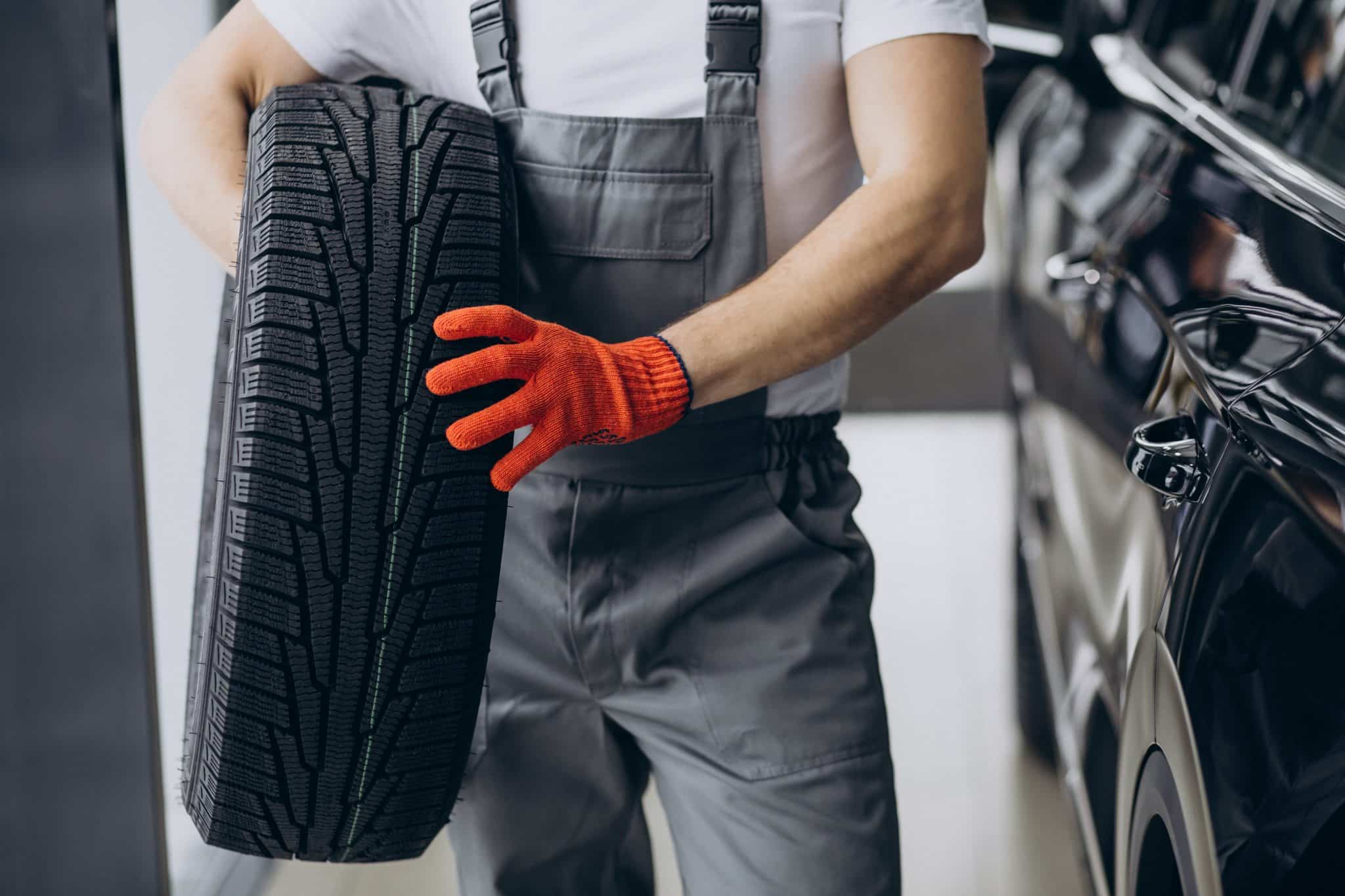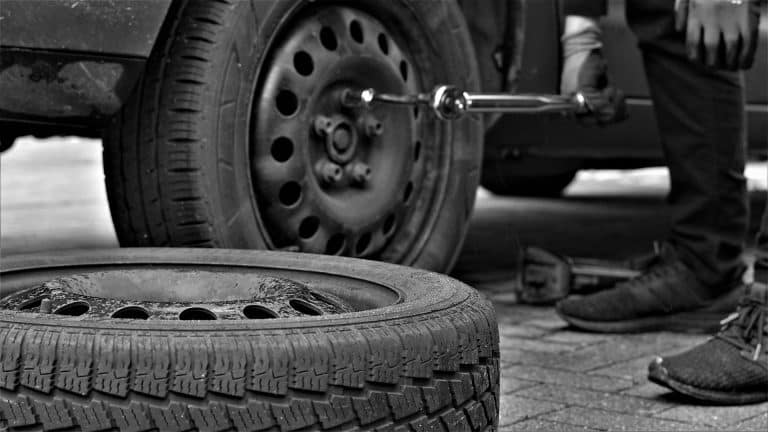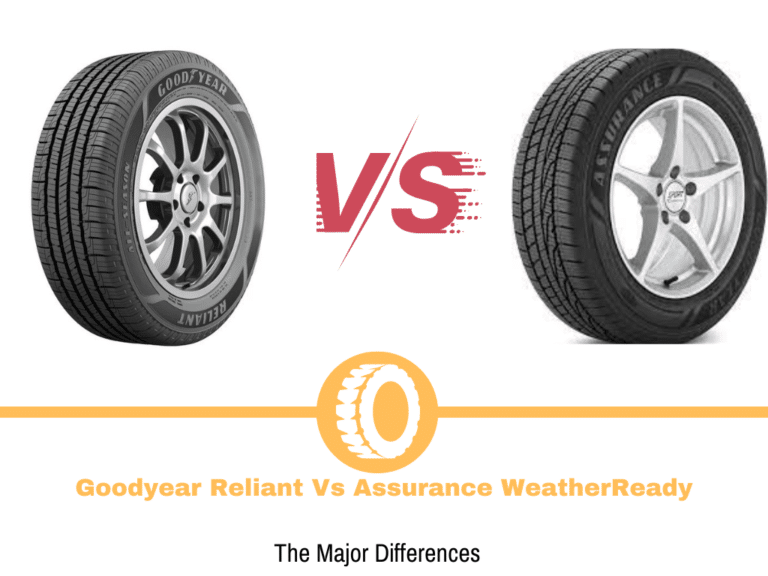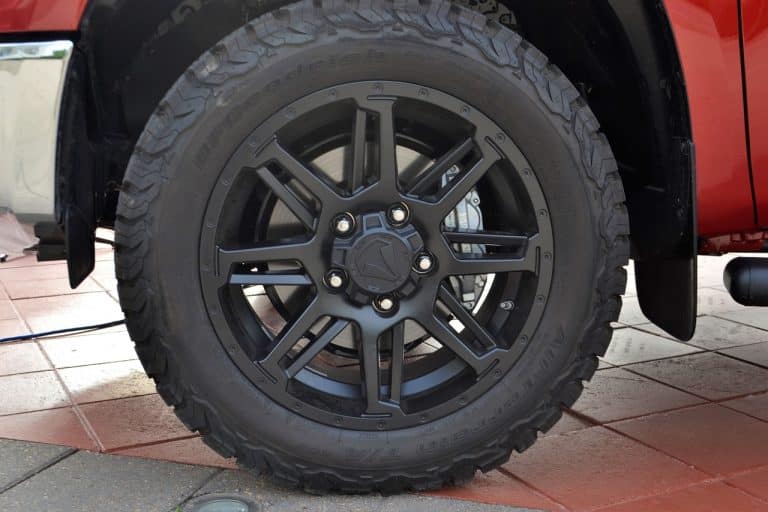Tire Rotation Guide
With every car, maintenance is a crucial aspect that keeps them running as long as possible while delivering optimal performance. Each part has a different type of maintenance, and it’s recommended that car owners know them. Since tires are an essential part of a car, the maintenance part also applies to them.
Most people would be confused about this because the only maintenance most people know of is the regular replacement, which is true. On top of that, proper care is something that prolongs their life. There is another aspect that some people tend to forget, and it’s called rotation.
The procedure is just as it sounds, rotating the tires. It sounds simple enough, but there are many things to consider, which I’ll talk about in today’s guide.
What is Tire Rotation, and why is it Important?
Let’s start with the basics and talk about what tire rotation is. The definition is in the name, the process of rotating your tires. There are multiple patterns, which I’ll explain later in this guide. Regardless if you’re moving the tires front and back or left and right, the idea behind it is the same.
Now let’s talk about why you should rotate your tires. Each manufacturer specifies a certain mileage that usually comes as a treadwear warranty. Not all tires get these, but each tire should last a certain number of miles.
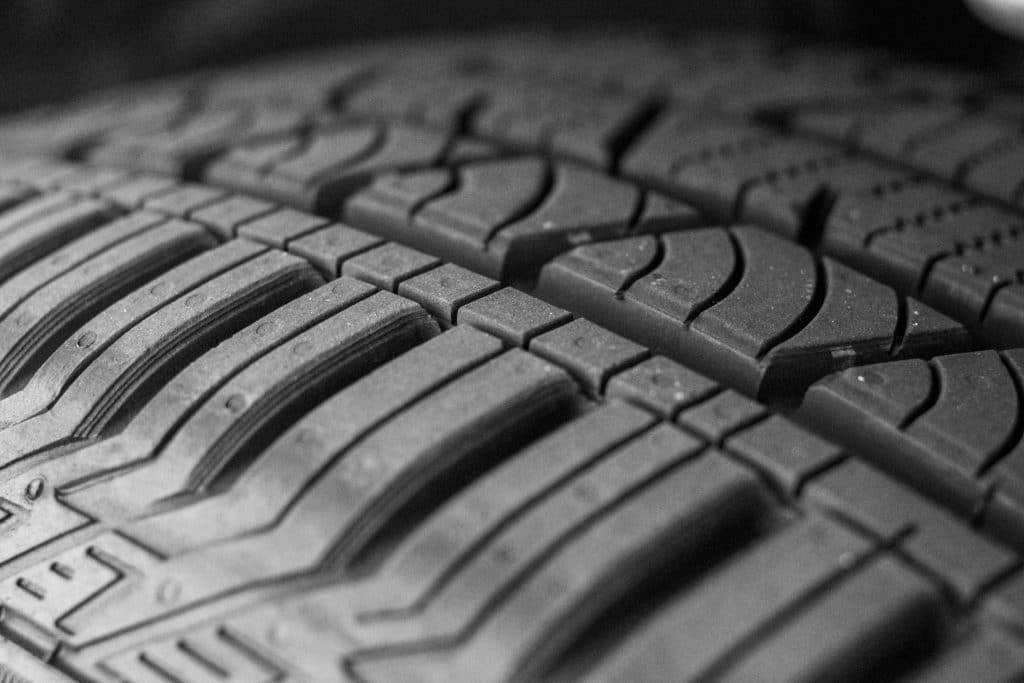
When it comes to rotation, the idea is to prolong the lifespan by keeping the treadwear as even as possible. If you mount the tires and don’t rotate them at all will cause uneven wear, which usually happens on one side only. As a result, this will reduce the lifespan, and the tires won’t last nearly as long as intended.
By rotating the tires, you’re ensuring that each tire works in a different corner, meaning that with each rotation, it will wear more on one side than the other. After many thousands of miles, you should see even wear across all 4 tires, as long as there aren’t any problems with some of the other components that can cause issues.
How often should you rotate your tires?
There is a long debate on the internet about this question, and there isn’t a specific answer. In most situations, you should be looking at the recommendations from the manufacturers. They are closely tied to the warranty, meaning your warranty will be void if you don’t rotate the tires within the recommended interval.
Each manufacturer has different recommendations, so you should follow that to avoid any issues. The range in which you should rotate the tires is from around 5 thousand to about 8 thousand. You should consider that this range covers most of the recommendations from all manufacturers, which is why your mileage may vary.
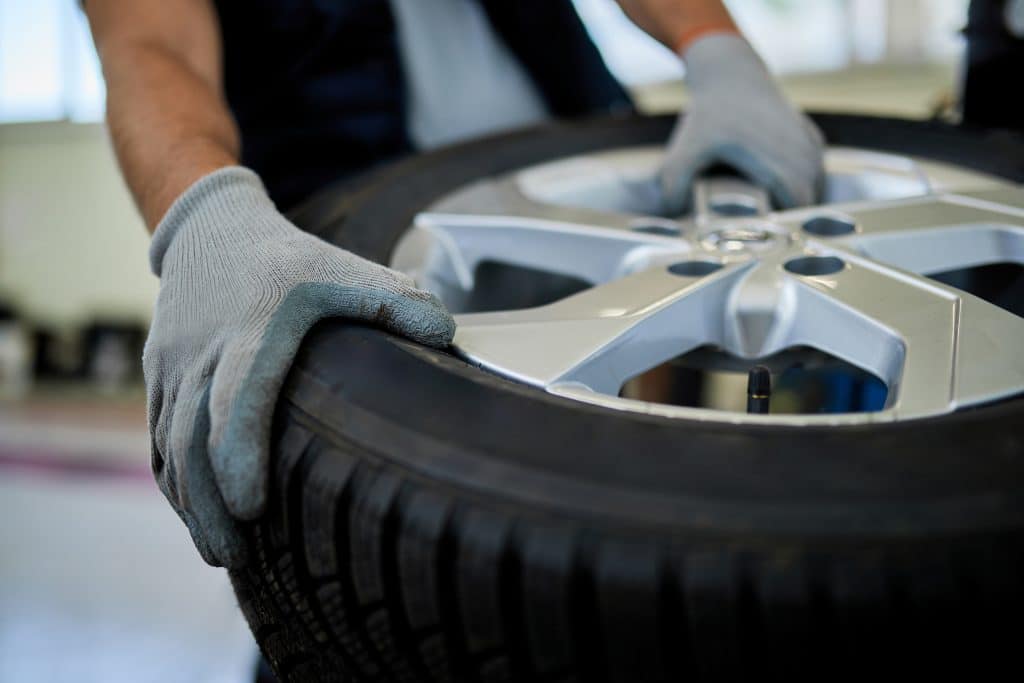
Another important aspect to talk about is a staggered setup. You may have noticed that most manufacturers offer half the treadwear warranty for cars with a staggered setup. This is because the rotation options are limited, something I’ll talk about shortly.
People who drive summer and winter tires usually don’t worry much about this. When you take your car to replace your tires, the shop does the rotation, so you don’t have to worry about anything. On the other hand, those that don’t have two sets of tires will need to monitor the mileage and take their cars for a regular tire rotation.
Types of tire rotation
You can rotate the tires in multiple ways, so let’s go over each one quickly.
Forward cross
The first type of rotation is called a forward cross. This is where front tires go on the back while maintaining the same sides, meaning that the left front goes on the back and remains on the left, the same as the right. As for the rear tires, they do a cross pattern, and the left back tire goes to the front but on the right side.
Rearward cross
Next up, we have the rearward cross tire rotation, which is the opposite of the forward cross one. In this situation, the rear tires go to the front and maintain the side. This means that the rear left becomes the front left, similar to how the rear right tire moves. The front tires to a cross rotation, meaning that the front left goes to the back, but it’s mounted on the right side. It’s the same story with the rear right, which becomes the front left.
X-Pattern
A combination with some slight variation of both is the X-pattern. This is where the front tires do an X swap with the rear ones. In other words, the front left tire and rear right switch places, and the front right changes its place with the rear left.
Front-to-Rear
This is a more simple approach to tire rotation. With a front-to-rear switch, the front left, and the rear left tires are rotated, the same as the right ones.
Side-to-Side
The last rotation pattern is the side-to-side one. In this situation, you’re switching the places of the left and the right tires. The front left tire becomes the front right, and it’s the same with the rear tires.
Why are there multiple tire rotation patterns?
You’re seeing 5 different rotation patterns, and you wonder why is that and why isn’t there only one. Remember when I mentioned cars with staggered setups get only half of the treadwear warranty? Well, that’s one of the reasons.
The first thing you should consider is that there are 3 types of cars, at least for the sake of this guide, and they depend on the driven wheels. You have front, rear, and all-wheel drive cars. Some people will mention 4-wheel drive cars, which, even though is different from all-wheel drive cars, the point is that all 4 wheels get power.
This is one of the crucial aspects when a tire shop decides which rotation pattern is the one to go for. The forward cross is ideal for FWD cars because the driven wheels remain on the same side while the rear ones switch sides. For a RWD car, the rearward cross is the best choice, and it’s the same reason as before. The driven wheels remain on the same side, while the front switch sides. With this in mind, you can probably guess that the X-pattern is for cars with 4 driven wheels because each driven wheel changes sides.
So, what about the other 2 types? This is where things get tricky and slightly mixed up. The front-to-rear or side-to-side are rotation patterns where the driven wheels play a role, but not as much as the tire pattern. A car with a staggered setup won’t be able to utilize any of the first 3 patterns because the front and rear tires have different dimensions. This is where the side-to-side pattern comes into play. The left and right tires switch places, and that’s as much as you can do with this.
The last type, front-to-back, is a rotation pattern that can be used on tires with directional patterns. With these types of tires, it’s essential to keep the direction of the rotation as intended, which you can achieve only if you switch the front with the rear tires.
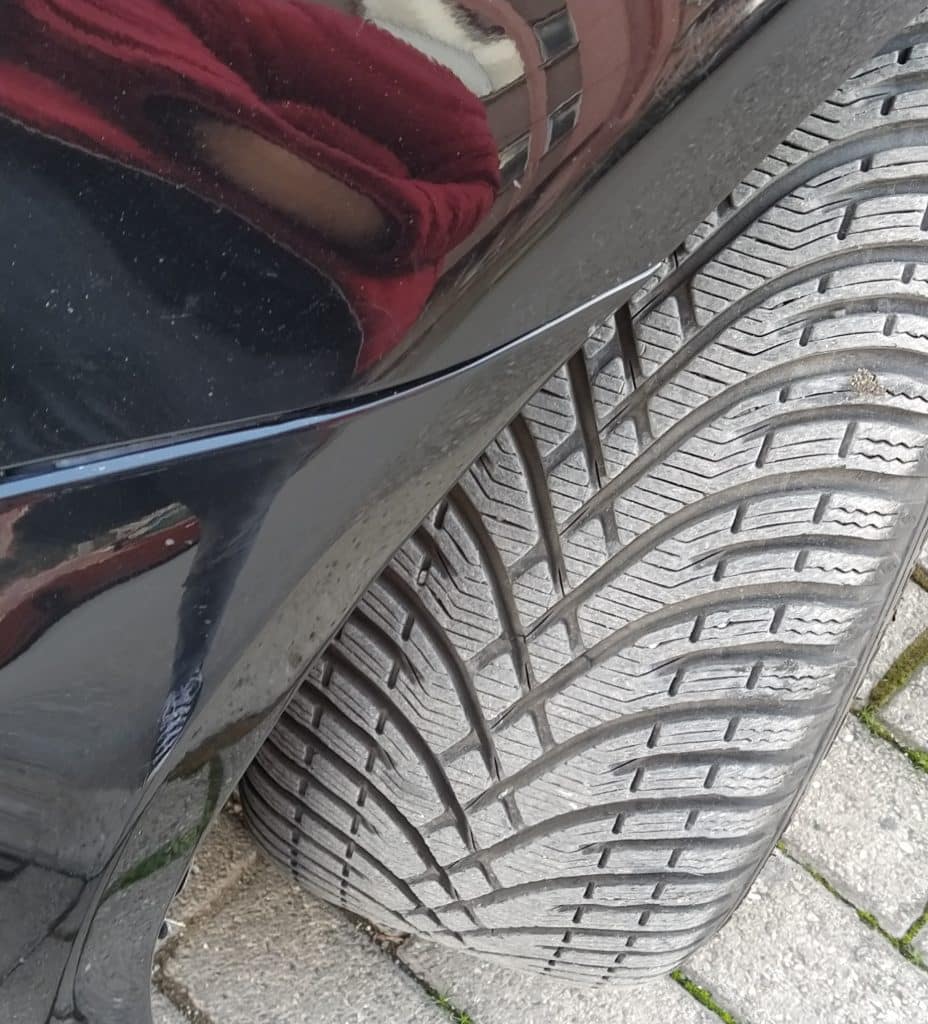
Naturally, there are some exceptions here, and here’s a good example. I have a set of BFGoodrich g-Force Winter 2 for my IS250, which has a staggered setup. By definition, my option is to utilize the front-to-rear rotation. Unfortunately, that’s not doable because the tires have a directional pattern, so all 4 tires will remain in the same corner for the rest of their lives. On the other hand, things are a bit different with my summer tires.
I also have a set of PremiumContact 6, which is a tire that has an asymmetric tread pattern. This means that there is a specific way in which they need to be mounted, marked on the sidewall. Continental highlighted which side is the outer one, meaning that in this case, my only option is the side-to-side rotation. As long as the shop keeps the marked sidewall on the outer side, the performance will remain the same, and I won’t have any issues.
On the other hand, let’s take a look at another example. Any car, regardless of which wheels are driven with a set of symmetrical tires, will have a lot more flexibility. Thanks to the tread pattern, you can use any rotation pattern you want as long as the car doesn’t have a staggered setup. In these cases, tire shops will look at the type of car and make the rotation based on that.
Spare Tire Rotation
Even though spare tires on newer cars are as rare as a unicorn, I should mention them because there are still cars like this on the road. Before I explain the patterns, you should note that this applies to cars with a full-size spare tire, not a donut.
Similar to before, the tires’ tread pattern will play a role, but let’s put that aside for a minute. Similar to before, the rotation pattern will depend on where are the driven wheels.
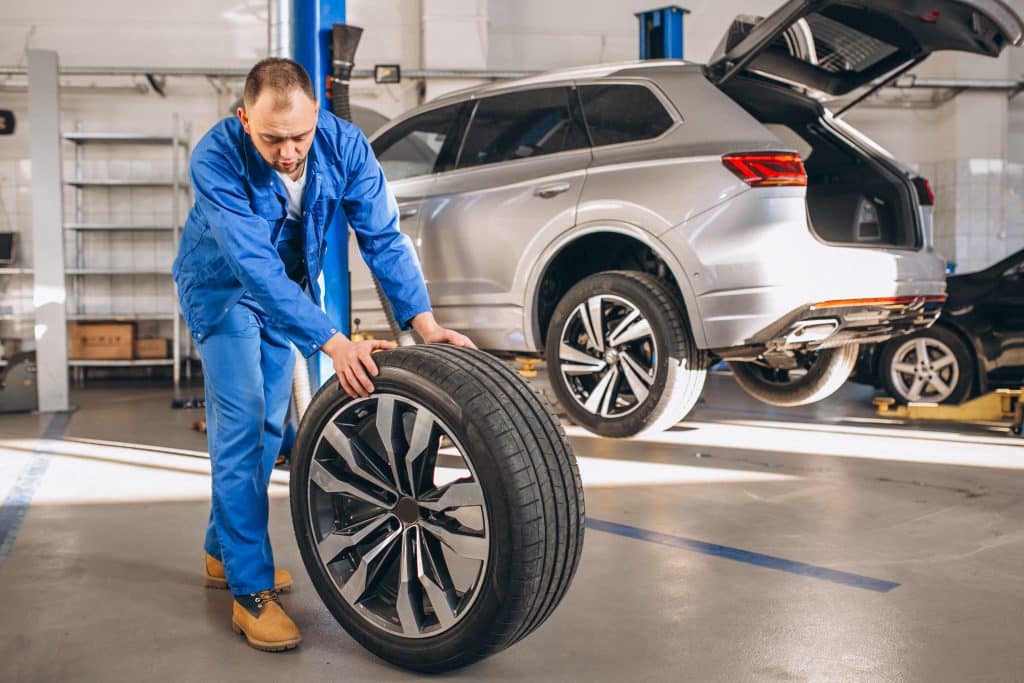
The only difference is where the spare tire will go and which tire will replace it. No matter which pattern is the best for your needs, the spare tire usually goes on the rear right, and the tire that should go there ends up as a spare tire.
For example, in a forward cross pattern, the rear tires do a cross when you switch them to the front, while the front tires remain on the same side. In this case, the front right should go on the rear right. If a spare tire goes on the rear right, then the front left would take the place of the spare tire in the trunk of your car.
Conclusion
Tire rotation is a slightly complicated process mainly because there are multiple variants. Tire technicians must look at multiple aspects, like the driven wheels, the pattern of tires, or the setup, to determine the best one. There are situations where two or more patterns may be applicable in one case, meaning it’s up to the experts to decide.
Regardless of whether you understand how tire rotation works, it’s essential not to ignore it. Doing regular rotation at the interval that the tire manufacturer specified ensures you get the most life out of your tires and do not void your warranty if there is one.
